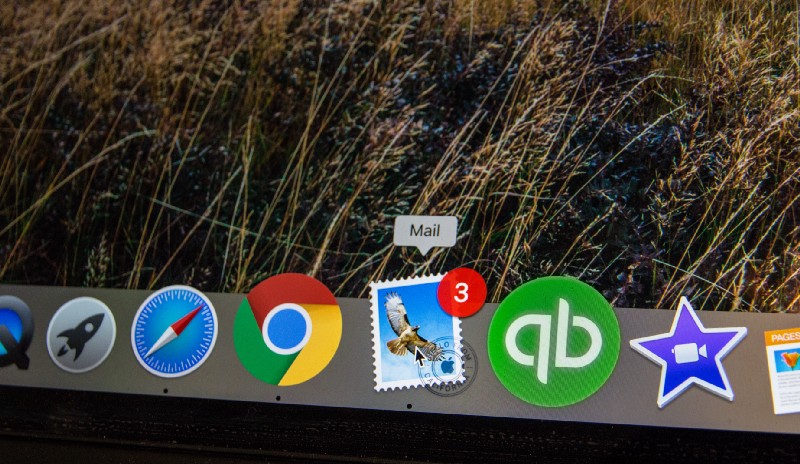
Overweight since childhood, Kate Turner worked hard to get in shape, trying one exercise routine after another. But she would eventually tire of the routine, and fall back into a sedentary lifestyle. She could never find an exercise routine that stuck.
In her early 30s, Kate bought her first house, allowing her to finally get her own dog, a 3-year-old border collie. Kate now had little choice but to take her dog on walks. Previously she would come home from work and turn on the TV. With her new dog, she now couldn’t do this. The tail wag and excited barks meant one thing — the dog wanted to exercise. Kate soon went from never walking to being someone who was going on 20–30 minutes walks every day. The walking stuck.
Why did this work?
Nobody pushed Kate to go to the gym. Or tell her how risky her weight was to overall longevity. Kate just bought a dog. A dog. The dog pushed her to walk — every day! Getting a dog was a one-time behavior that drove radical behavior change.
In the world of tech design, development and marketing, there’s an almost rabid focus on compelling consumers to adopt new habits as a way to get them hooked on a product … to make engagement KPIs soar and increase the bottom line. Sometimes that focus pays off.

But, like crash diets, products and apps that encourage consumers to form a new habit more often than not fail or backfire in the long run. As Wendy Wood has said, “We form habits based on what’s easy and rewarding, what’s easy for us to do repeatedly and what’s rewarding in our context in the places where we live.” It’s easy and rewarding to check Facebook and see what has been posted. It’s much less rewarding and much less easy to do 10 sit ups in the morning, do homework from your online course every day or meditate for 10 minutes a day. Thus apps that push us to form daily habits, have an uphill battle in front of them. They are competing for consumers’ attention, which is already in short supply, scattered and finite.
Furthermore, triggering habits is a tricky thing to achieve because the reward has to be attached immediately to the behavior. This means they must intersect you at the perfect moment or the system will not work. When has an app notification hit you at the exact moment you have needed it? Rarely. Finally, the best evidence is that it can take two to three months to form a simple habit. This is a non trivial amount of time. App developers and designers must reflect on this intrusion and figure out if it’s worth it — adopting yet another habit may not ultimately be in your customers’ best interests.
Habits aren’t a bad thing, per se, and are a normal and necessary part of our lives. Most of the things we do, such as brushing our teeth and switching off unused lights, are so ingrained that we do them without thinking. This frees our minds to focus on bigger things that demand our complete attention, such as running a business, keeping children healthy and making family budget decisions.
On the other hand, creating habits among users is likely not the best route for product developers to take, as it is a resource-intensive process with no guarantee of success. As mentioned above, It typically takes about two to three months to develop a new habit, assuming the behavior is consistently repeated over the course of that time period. Think about the times you have planned to exercise daily or vowed to water your plants: Were you able to succeed the first time you committed to changing your behavior, or did it take multiple attempts? Habits take time, commitment, motivation and mental energy.
Creating a new habit is a resource-intensive process with no guarantee of success.
Additionally, habits can be incredibly intrusive. A recent study found that Internet users spend an average of 2 hours and 20 minutes on social media and messaging platforms every day! Not exactly the best use of time, our most precious resource. Think about how engagement with your application looks in a user’s life and whether it’s merely adding screen time without increasing productivity, health, happiness or financial well-being.

What if there were a different, better way to get consumers to commit to a product?
One that involved not simply adopting a new habit but doing something that would produce a natural domino effect for the user’s benefit? That alternative is designing for a one-time behavior—instead of trying to trigger a behavior change by creating a habit among your users, create an environment where a one-time action might result in the same behavior change. Ask your product team, “Can you design a one-time intervention that compels the user to take one big action that delivers the same benefit as a habit?” i.e. “Can you get them a dog?”
Instead of trying to trigger a behavior change by trying to create a habit among your users, create an environment where a one-time action might result in the same behavior change.
Here are some examples of one-time behaviors that have far-reaching, organic results.
- Buy a dog in order to walk more (as Kate did).
- Buy a Roomba (robotic vacuum cleaner) to inspire you to keep your home clean.
- Sign up for a fruit or vegetable box subscription so you’ll plan for and eat healthy meals.
- Prep the coming week’s meals on Sundays (i.e., cook all of your food for the week at once) so you’re less likely to waste money and calories on unhealthy takeout food.
- Set up auto-pay on your banking app so you pay your bills on time every month.
- Set up an automatic payment from your paycheck to your savings account so you don’t have to remember to save money.
- Pre-schedule regular workout meetings with friends to use social pressure as a motivator to exercise.
- Delete your social media accounts so you stop spending so much time on them (and maybe give your password to your Mom so you can’t log back in).
- Get rid of the TV in your bedroom (or even all of the TVs in your home) so you can free up time to spend more purposefully.
Product developers need to be intentional about the behaviors and metrics they design for and how those behaviors impact users’ lives in the long run. Think about your application, product or website. What’s the behavior you want your users to adopt, and is there a one-time intervention you can use to get them to adhere to that behavior?
By focusing on behavior, rather than obsessing over the buzzword of “habits,” we can let some of our behavioral biases — like default bias (auto-pay), social pressure and pre-commitment (workout meetings) — to overcome others and create better outcomes.
Have a one-time behavior to add to the list? Tweet it to us @IrrationalLabs.
Check out Irrational Labs’ Behavioral Economics Bootcamp and apply today.
Originally published on PeopleScience on October 30, 2019.
